Navigation
MASKS SNORKELS and FINS
Choosing Your Mask
A scuba diving mask is more than just a window through which to view the underwater world. Without a dive mask your eyes can't focus in the water. The space that a mask gives you lets your eyes focus the light normally and taa daa, you can see.
You would think that choosing a mask would be simple to do, but like any piece of scuba gear it takes some thought and research to pick the right scuba mask for you.
Types of Scuba Diving Masks
Single Lens Mask
The descendant of the oval frogman mask we all remember from old movies, modern single lens/pane scuba masks have almost nothing in common with their vintage counterparts.
For one thing they don't make you look like some big goggle eyed Cyclops. Hey, fashion is important.
Modern masks have silicon skirts to help fit better, as well a low profile design to bring the pane closer to the face and provide a wider range of vision.
Because the pane is all one piece this type of mask can't be outfitted as a prescription scuba mask.
Twin Lens Mask / Double Pane Mask
This is probably the most common type of mask around.
This scuba diving mask has a very low profile providing a wider range of vision than the single pane mask. The low profile also makes it easier to equalise at depth, as well as reduce mask 'squeeze'.
If you wear glasses a double pane mask can be outfitted as a prescription dive mask.
Some divers do complain about the mask sitting between the eyes, but most see past that and after a bit, don't even notice that it's there.
Full Face Mask
These masks are used mostly by commercial divers, although there are models made for recreational use.
A benefit of this style mask is that it can be outfitted with underwater communication so you can actually talk with your dive buddy or a surface team.
Some divers feel that because these masks are so comfortable to breath, you may actually end up going though more air than usual.
Things to Consider When Buying a Scuba Diving Mask
A mask is an essential piece of equipment for any diver or snorkeller. Masks are usually one size, however some differ depending on brand and style and will achieve a better fit than others. The main variable in this sizing is the head size ad face shape, as this is so individual to every person we cannot offer any sizing advise, other than to help out with checking the seal. The best way to check the seal on a mask is to fit it securely as if you were about to dive or snorkel, then breathe in through your nose. If the seal is good you can feel the vacuum on your face. If the seal is bad you will in take additional air.
Fit
- Hold the dive mask to your face and breath in slightly. Does it stick with no air leaks?
- Put the mask on all the way. If you use a snorkel, attach one and see if it still fits.
- Look in the mirror, does the inner skirt circle your face without crossing over your eyebrows or eye creases?
- Pinch your nose. Is it easy to reach through the skirt and can you equalise?
Skirt Colour
You can choose a clear or opaque silicon skirt.
An opaque skirt is good for a diver who does underwater photography or video. The opaque skirt helps to focus on the subject and avoid distractions.
A clear skirt lets light enter from the sides and helps with peripheral vision.
Multiple Panes
Some scuba masks have panes on the side and bottom to give a wider range of vision. The light can sometime act 'funny' with these masks and can be distracting. Definitely a matter of preference and something you should try before you buy.
Purge Valve
A built in purge valve can make it easier to clear your dive mask if it floods out.
A downside is that it could fail at depth leaving you in the position of cutting your dive short.
Scuba or Snorkelling
Make sure your nice shiny new mask is actually made for scuba diving. All of the masks listed here are suitable for scuba diving. If you use a mask that is only made for snorkelling you could end up in serious trouble when you exceed the depth limits of the mask.
Consider the type of diving you do and the conditions under which you dive, then make a check list of the features you are looking for in a mask.
If at all possible dive the different styles to see which you prefer.
Choosing the right scuba diving mask can be like going from a 15 inch black and white TV, to a 60 inch Full HD TV complete with home theatre.
Well maybe not that drastic, but better, definitely better.
Leaking Mask? Loosen The Strap!
If your mask is leaking, try loosening the strap, not tightening it. All mask straps, regardless of the type, are there just to keep the mask in the correct position and stop it being dislodged from your face, not to make the seal. The thin feather edge of the silicone mask skirt is what makes the watertight seal with the face. If the strap is too tight, the skirt and that feather seal will become warped and misshapen which can cause the mask to leak. If the mask is leaking slightly, tightening the strap even more will usually make the leak worse. With a properly set strap, some types of water entries might dislodge the strap, so make a habit of reaching back behind your head with one hand to steady the strap (not the mask) during entry. Any diver who exits the water and has a 'mask ring' indentation in their face probably has too tight a mask strap.
For more information please see our Scuba Buying Guides: Buying a Great Dive Mask and Avoiding Mask Squeeze,plus our Dive Gear Features pages: Mask Features and Fixing Underwater Vision Problems.
Tech Tip: Toothpaste is for Teeth
Please DO NOT use toothpaste, or other type of abrasive, on dive masks. There is NOT any 'factory coating' on the glass that needs to be removed to prevent fogging. You will either damage the lenses, or needlessly waste toothpaste since most modern toothpaste formulations are not at all abrasive. The lenses are made of the same optical quality materials used in eyeglasses and they don't need to be abrasively cleaned, it will only scratch the lenses.
The same goes for using a lighter to 'burn' the lens to prepare a new mask. The Scuba Doctor will not warranty masks that have been treated with abrasives or burned with lighters.
All new dive masks do have mould release agents on the flexible skirt that during storage will migrate to the surface of the glass and cause fogging. These deposits can easily and safely be removed with a powerful surfactant like Sea Buff, or Baby Shampoo. Please don't use abrasives.
See also, Dive Mask Care.
Note: Diving/snorkelling masks are very different to Swimming Goggles. See Goggles vs Masks.
Banksia Point, Ricketts Point
![]() Shore Dive |
Shore Dive | ![]() Shore access
Shore access
![]()
![]()
![]()
![]()
![]()
![]()
Depth: 1 m (3.28 ft) to 3 m (9.84 ft)
Level: Open Water and beyond.
Banksia Point is an interesting diving and snorkelling site at Ricketts Point, Beaumaris facing south-west into Port Phillip. It's part of Ricketts Point Marine Sanctuary, a 115-hectare area located at Black Rock and Beaumaris, in north-eastern Port Phillip. Banksia Point is rarely dived or snorkelled, but can be very pleasant on a calm day.
Banksia Point is a great site for beginner snorkellers and night dive enthusiasts. It's so close to the city, thus very convenient for those living in Melbourne. Great for getting back in the water, a night dive after work, or just an excuse to get wet!
Diving and Snorkelling at Banksia Point
Most of the suggested path is close in with water depth up to around 2 metres. While the dive is shallow and close to shore, there is plenty of interesting marine life to keep you engaged.
Location: Beach Road, Beaumaris, Victoria 3193
MELWAY Ref: Page 86 B7
Parking: Park in Coronet Grove, Beaumaris, and carefully cross Beach Road. There is no beachside parking, so please be careful crossing Beach Road. Before gearing up check out the water. If you see lots of white water, head on home.
Warning: Always go with a buddy and carry a dive knife. Make sure you tow a dive buoy with dive flag.
Dive Entry: Take the steps from Beach Road, opposite Coronet Grove, down onto the beach. The entry and exit are from the beach out from the bottom of the steps.
Ideal Conditions: Banksia Point is best dived with offshore light northerly to south-easterly winds. Avoid diving with moderate to strong onshore southerly to north-westerly winds. Just before the high tide will give the clearest water. See WillyWeather (Ricketts Point) as a guide for the tide times and the height of the tide.
Ricketts Point Marine Sanctuary
This dive site is located within Ricketts Point Marine Sanctuary. There are actually a number of diving and snorkelling sites here including:
- McGregor Rock, Quiet Corner (Melway Map 85 K6)
- Banksia Point (Melway Map 86 B7)
- Tea House Reef North / Beaumaris Yacht Club (Melway Map 86 B8)
- Tea House Reef South / Beaumaris Yacht Club (Melway Map 86 B8)
- Tea House Bay (Melways 86 C9)
- Middle Reef (aka North Arm Reef) (Melways Map 86 C9)
- Triangle Reef, Ricketts Point (Melway Map 86 C9)
- Table Rock, Ricketts Point (Melway Map 86 D10)
- Sea Scouts Jetty (Melways 86 E9)
Ricketts Point Marine Sanctuary is on the north-east coast of Port Phillip and is approximately 20 km from Melbourne CBD. It abuts the Bayside City Council Foreshore Reserve from Table Rock Point in Beaumaris to Quiet Corner in Black Rock. It extends from the high water mark to approximately 450 m offshore.
Aboriginal tradition indicates that the sanctuary is part of Country of Boon Wurrung people.
See also Beaumaris Yacht Club Webcam,
Parks Victoria: Rickett's Point Marine Sanctuary,
Park Note: Ricketts Point Marine Sanctuary — December 2003,
Marine Care Rickett's Point,
Marine Care Ricketts Point Fish Identification Chart,
Snorkelling Bayside: An Introduction to Snorkelling in the Ricketts Point Marine Sanctuary and Nearby Waters,
Ricketts Point Marine Sanctuary Visitor Guide by Parks Victoria — March 2019,
Ricketts Point Marine Sanctuary Management Plan — November 2005,
The Urban Sanctuary. Algae and Marine Invertebrates of Ricketts Point Marine Sanctuary,
iNaturalist Ricketts Point Check List,
Taxonomic Toolkit for the Marine Life of Port Phillip Bay,
How To Assess Visibility Before Heading To Snorkel Sites In Port Phillip / Western Port — by Simon Mustoe, 20 January 2022,
snorkelling-intertidal-zone.
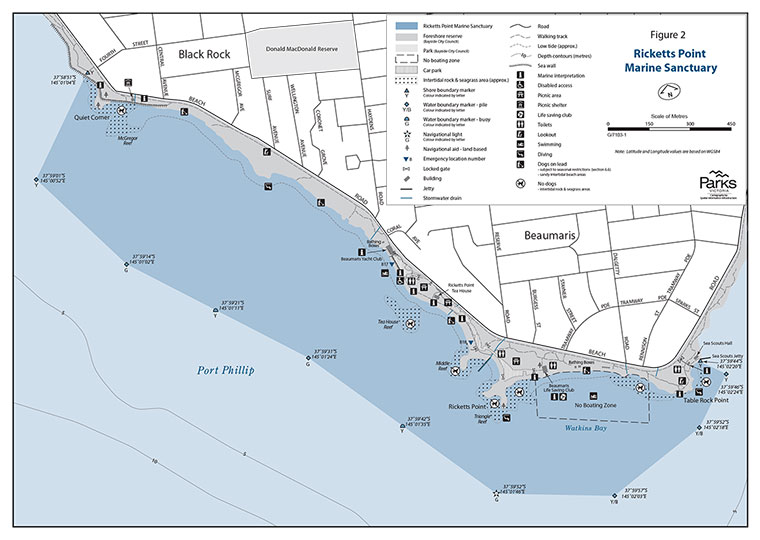
Ricketts Point Marine Sanctuary Map | Source: Parks Victoria — Ricketts Point Marine Sanctuary Management Plan, November 2005, page 67
You are not permitted to carry a spear gun while snorkelling or scuba diving in Ricketts Point Marine Sanctuary.
Traditional Owners — This dive site is in the traditional Country of the Boon Wurrung / Bunurong people of the Kulin Nation. This truly ancient Country includes parts of Port Phillip, from the Werribee River in the north-west, down to Wilson's Promontory in the south-east, including the Mornington Peninsula, French Island and Phillip Island, plus Western Port. We wish to acknowledge the Boon Wurrung as Traditional Owners. We pay respect to their Ancestors and their Elders, past, present and emerging. We acknowledge Bunjil the Creator Spirit of this beautiful land, who travels as an eagle, and Waarn, who protects the waterways and travels as a crow, and thank them for continuing to watch over this Country today and beyond.
Banksia Point, Ricketts Point Location Map
Latitude: 37° 59.160′ S (37.986001° S / 37° 59′ 9.6″ S)
Longitude: 145° 1.491′ E (145.024845° E / 145° 1′ 29.44″ E)
Datum: WGS84 |
Google Map
| Get directions
Added: 2021-03-19 01:38:07 GMT, Last updated: 2022-04-19 04:46:14 GMT
Source: Google Earth
Nearest Neighbour: Tea House Reef North, Ricketts Point, 410 m, bearing 144°, SE
Ricketts Point Marine Sanctuary.
Beaumaris, Bayside, Port Phillip.
Depth: 1 to 3 m.
[ Top ]
DISCLAIMER: No claim is made by The Scuba Doctor as to the accuracy of the dive site coordinates listed here. Should anyone decide to use these GPS marks to locate and dive on a site, they do so entirely at their own risk. Always verify against other sources.
The marks come from numerous sources including commercial operators, independent dive clubs, reference works, and active divers. Some are known to be accurate, while others may not be. Some GPS marks may even have come from maps using the AGD66 datum, and thus may need be converted to the WGS84 datum. To distinguish between the possible accuracy of the dive site marks, we've tried to give each mark a source of GPS, Google Earth, or unknown.







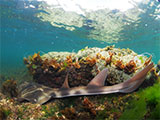
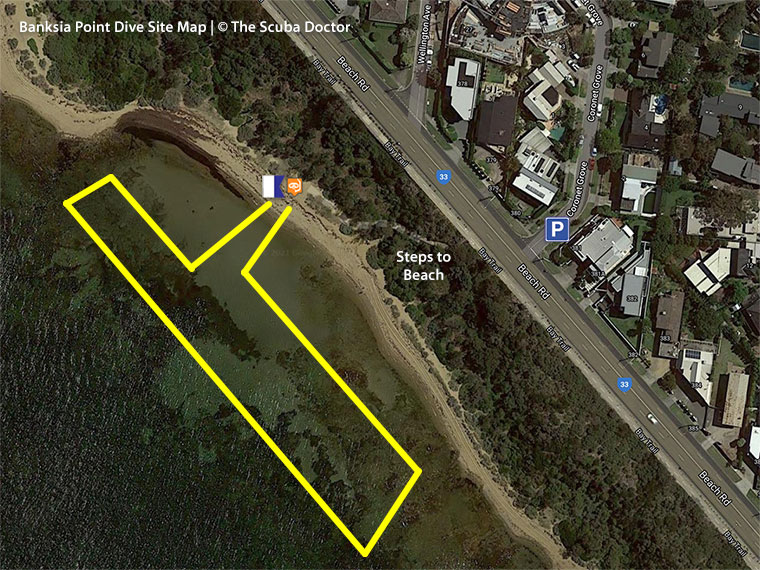
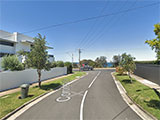
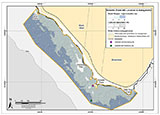
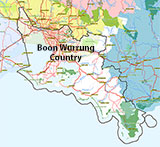
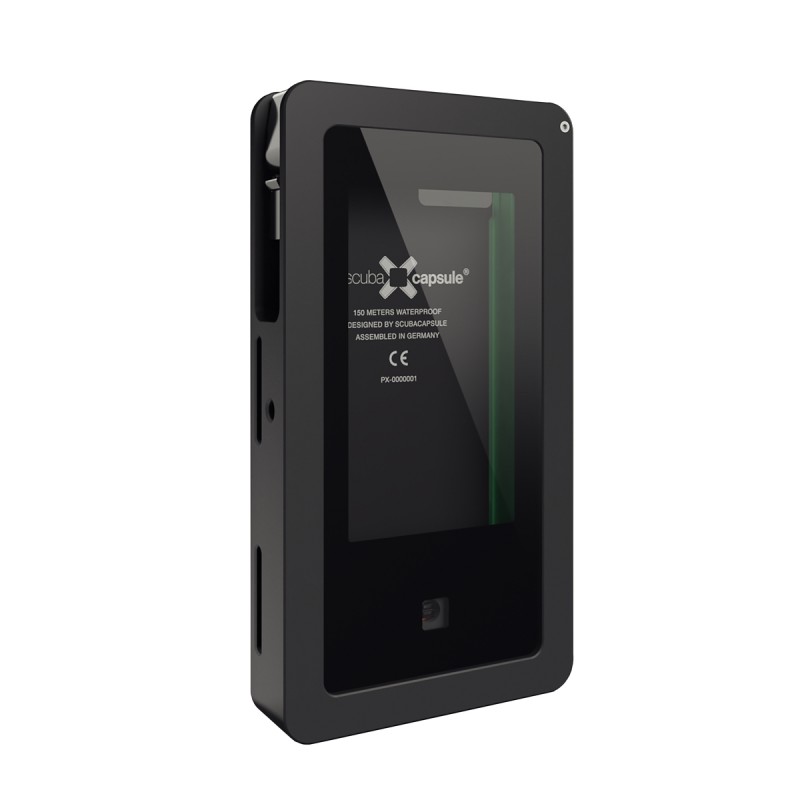
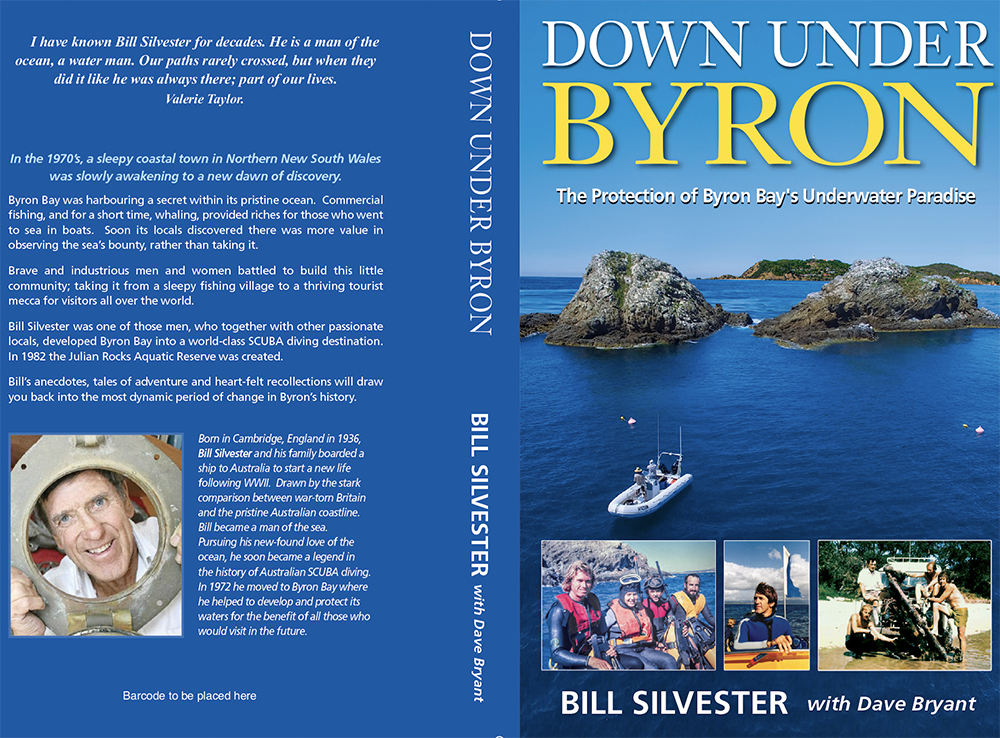
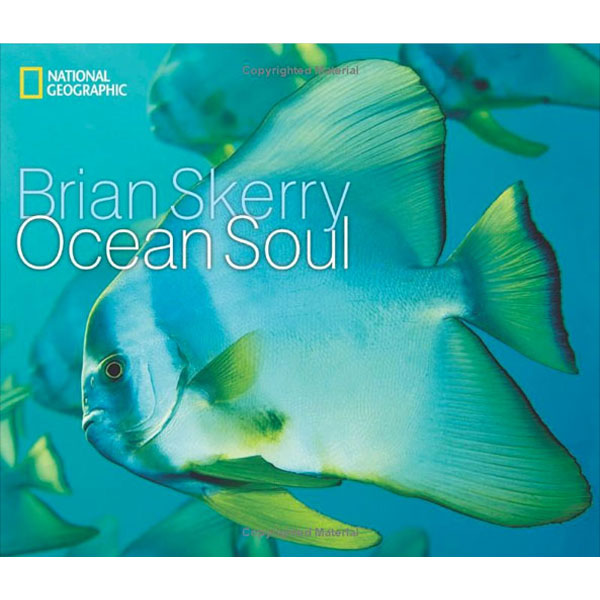
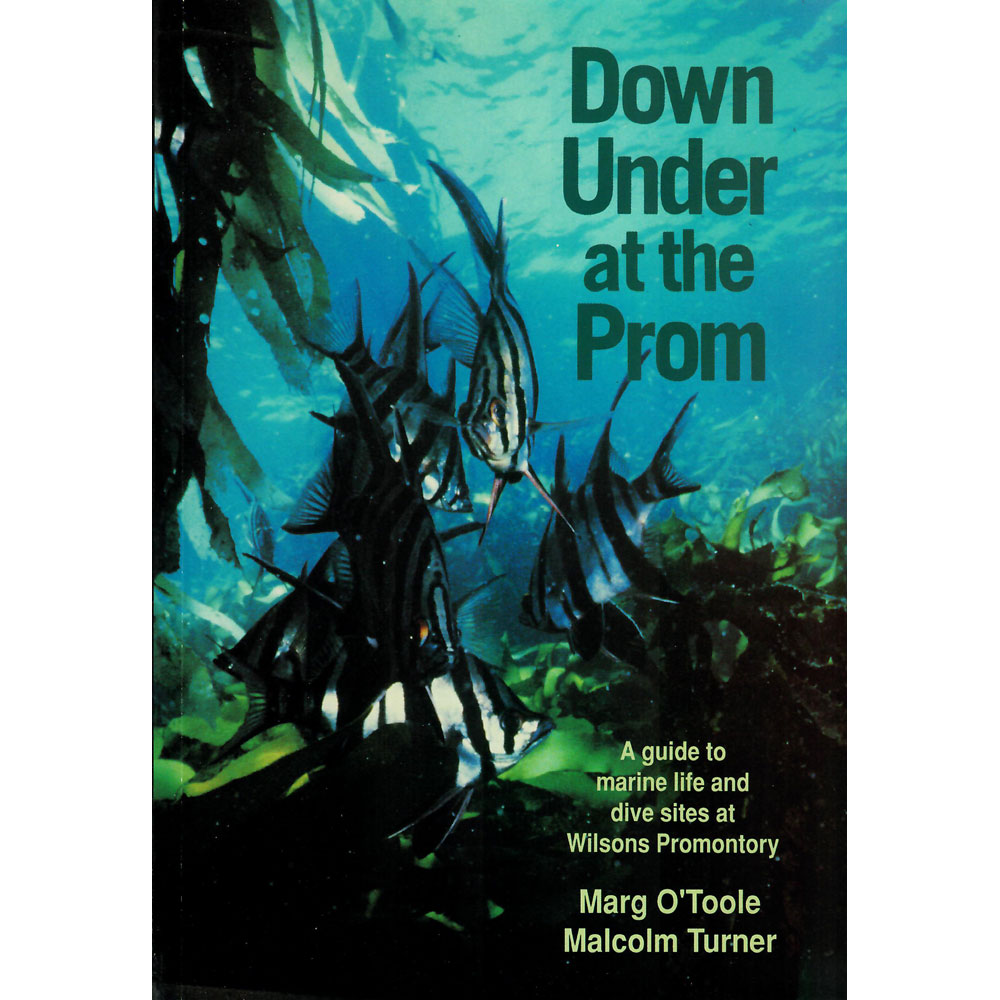

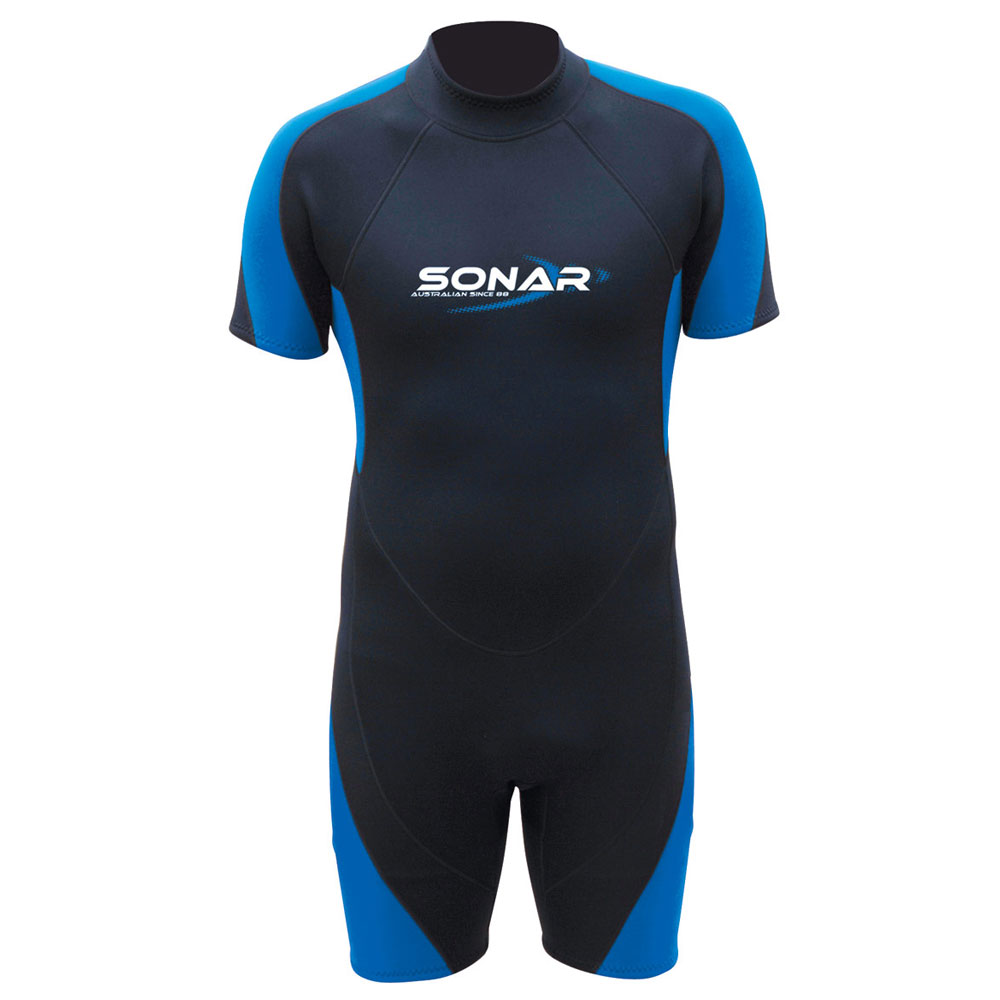
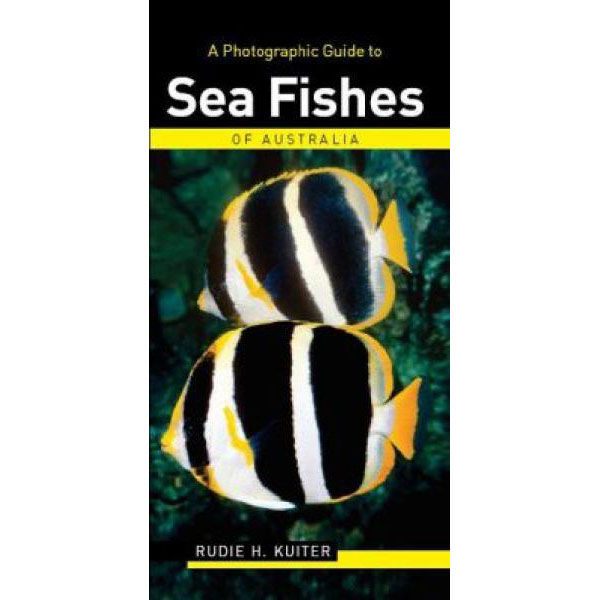
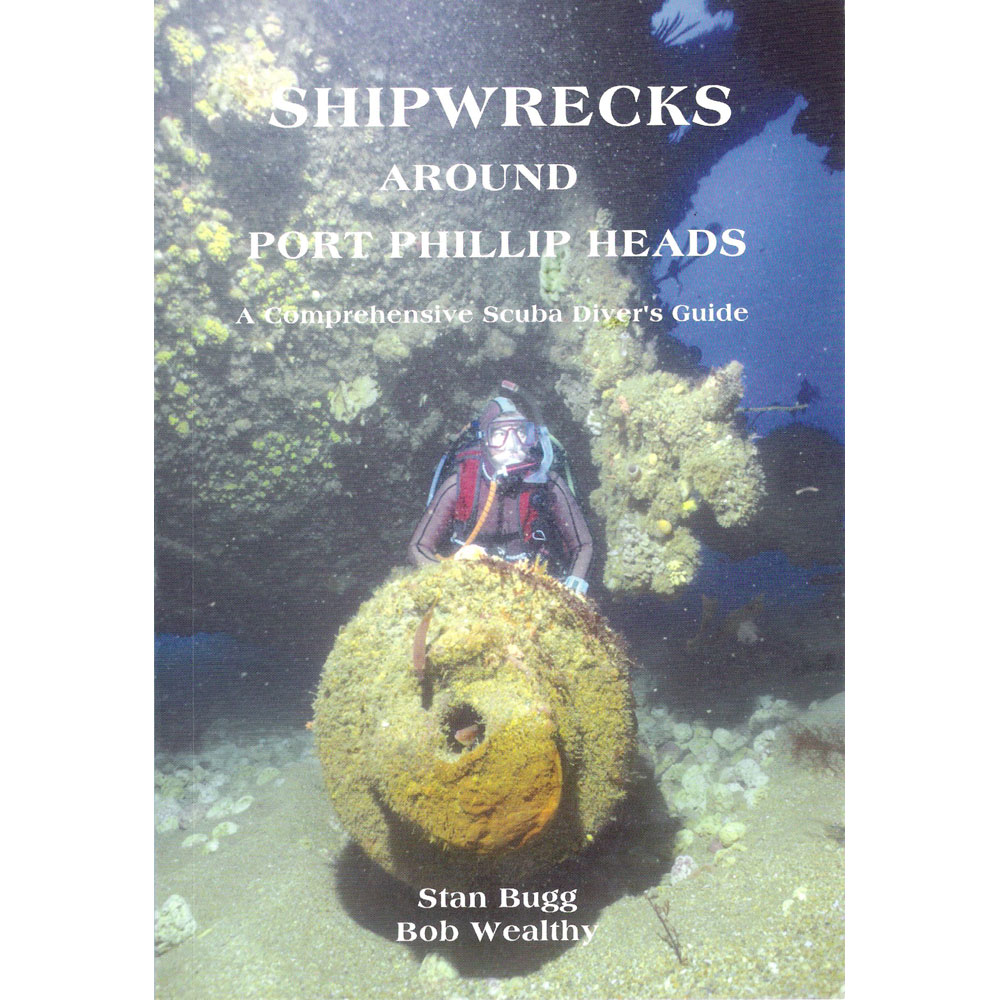
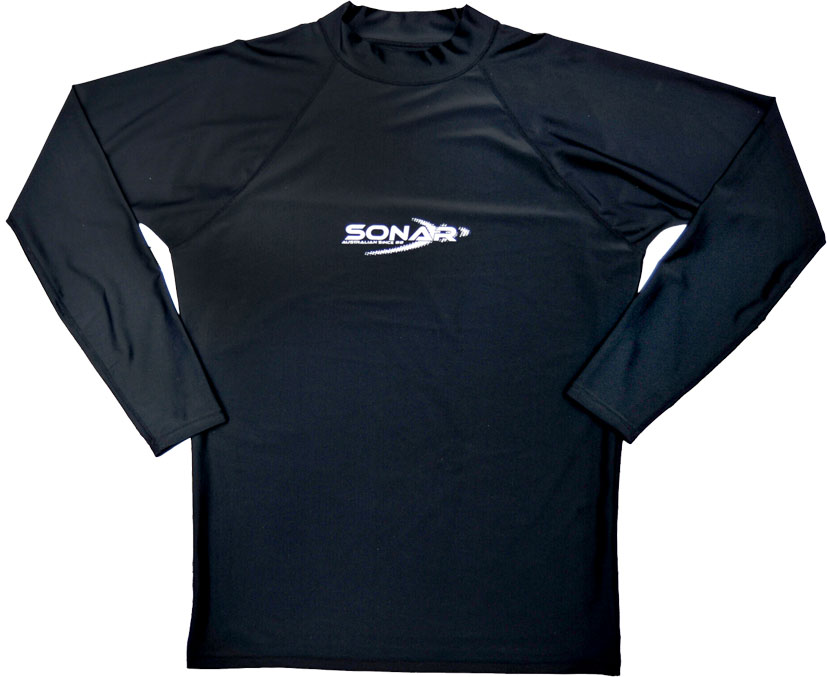
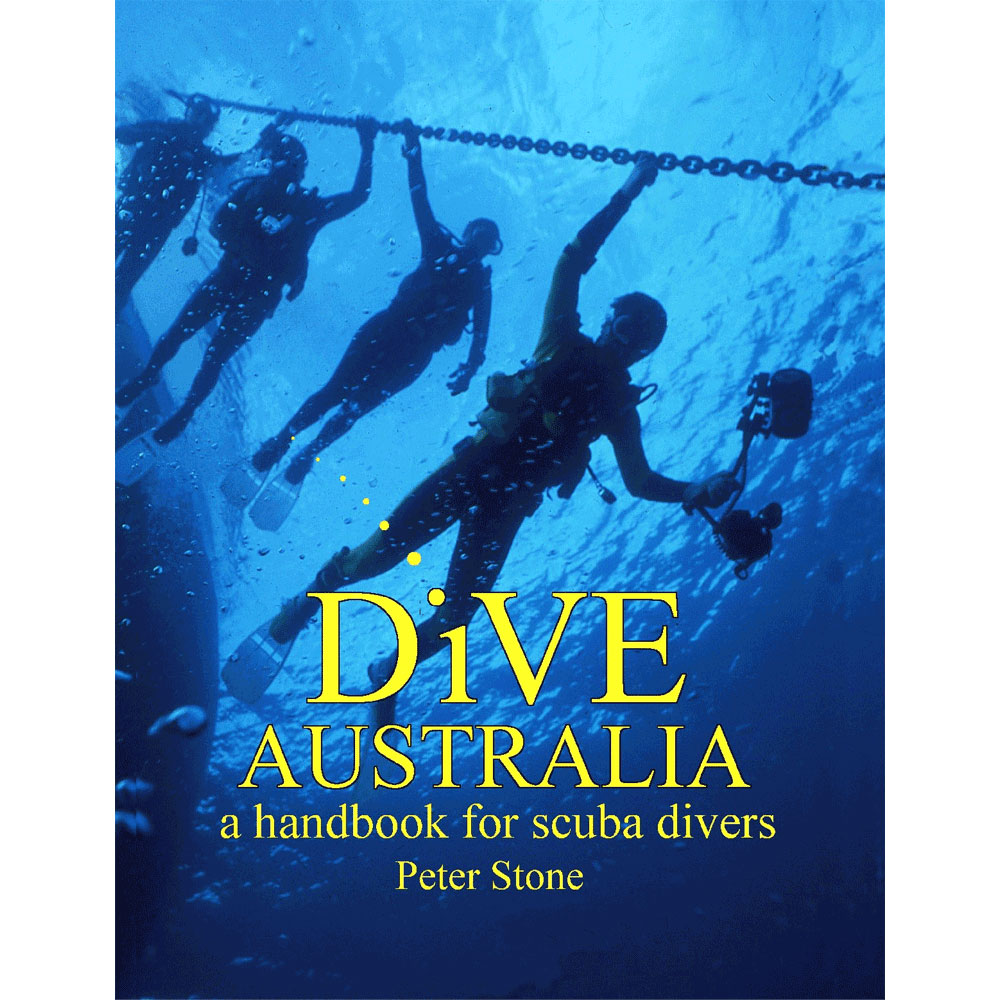






![Halcyon Infinity 30lb System [SS Small Backplate] Halcyon Infinity 30lb System [SS Small Backplate]](/diveshop/images/halcyon/Halcyon-Evolve-Wing.jpg)














































































































